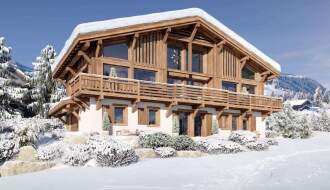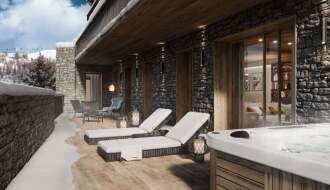It’s fair to say the Swiss are experts when it comes to mountains. Around 62% of the country is made up of the Alps, with another 10% covered by the lower Jura ranges. Switzerland has a total of 49 summits and its highest peak, Dufour, is second only to Mont Blanc.
It is no surprise then, that Switzerland is regarded as the home of mountain tourism. It became part of any self-respecting aristocrat's Grand Tour, and in the mid eighteenth century, The Alpine Club was founded, ushering in a new era of alpine travel, with a keen eye on Switzerland.
Switzerland led the way in ski tourism too. Home to St.Moritz, regarded as the birthplace of modern winter tourism, Switzerland saw landmark events such as the first downhill race in Plaine Crans Montana, the first slalom in Murren and the second ever winter Olympics was held in St.Moritz in 1928.
As ski tourism developed, so did infrastructure and again Switzerland was at the forefront. Innovations such as the first T-bar lift emerged from Switzerland, and for much of the twentieth century Switzerland was firmly placed as a leader in the modern ski industry.
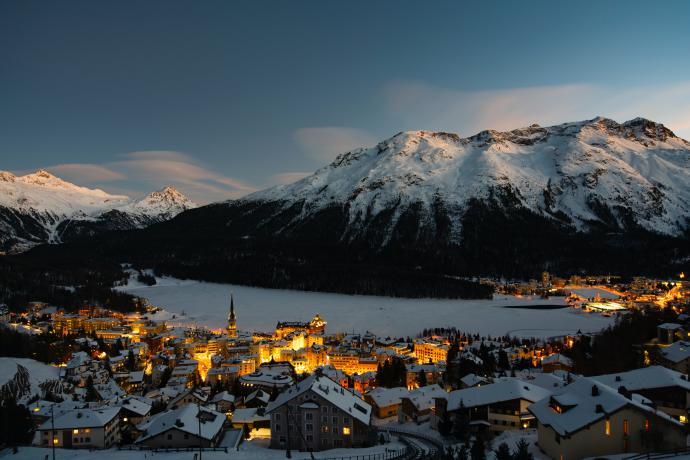
Meeting the challenge of change
Fast forward to the late 1980s and this glossy start seems to have lost its shine in latter years. The vibrancy of initial investment in infrastructure faded in the later part of the twentieth century the ski industry faltered.
Outside factors such as a reputation for being expensive and a poor exchange rate for those bringing Euros and GBP to spend and several poor snow seasons also had an impact and figures from Laurnet Vanat’s International report on snow and mountain tourism 2022 detail a loss of 1.5 million overnight stays in the last 10 years, with much of this being down to the loss of traditional German, Dutch, French, British and Italian visitors.
Switzerland is also experiencing a similar downward trend when it comes to domestic visitors, with the classic baby boomer crowd ageing, and Gen X, millennials and Gen Z showing less engagement with the sport.
Steady recovery despite the pandemic
Figures begin to recover as we move to the late 2010s, with growth rising by 10.3% in the 2017/18 season, and again by 6.2% in the 2018/19 season. This upturn continued until the onset of Covid-19 which saw resorts close until July 2020. Smaller resorts also failed to open in 2020 because of a lack of snow.
Nonetheless, around 27 resorts showed an increase in visitors when compared to the previous season.
What happens next?
This period of stagnation in the 1980s and 90s followed by steady growth shows that despite the hiccups the appeal of the mountain lifestyle is strong. Like other resorts, Switzerland needs to adapt its offering to maintain this appeal for future visitors.Initiatives around sustainability and responsible tourism are essential for the next generation of skiers and while initiatives such as discounted pricing and multi-resort passes have had an impact; it's clear that continued adaptation of the mountain tourism experience is needed to ensure a rejuvenation of the grandfather of modern skiing.
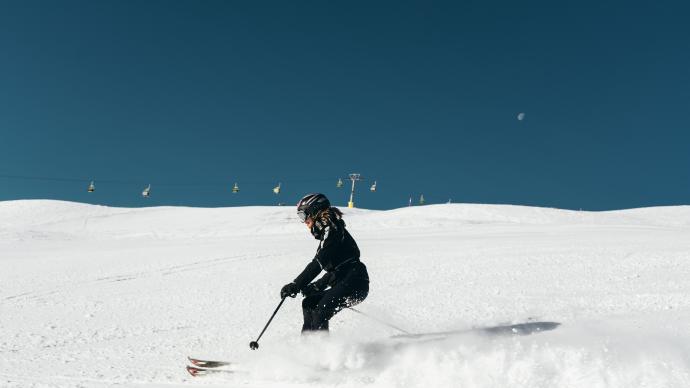
The largest ski areas in Switzerland in terms of visitors are Adelboden-Lenk, Arosa Lenzerheide, Davos-Klosters, St. Moritz, Verbier, and Zermatt, in the regions of Grisons, Valais and Bernese Oberland.
What does this mean for people looking for a ski property in Switzerland?
For those seeking a second home or holiday rental, the charm of the mountains is unchanged and many of the reasons people make the move to the mountains (clean air, peaceful lifestyle, stunning views) are abundant regardless of what’s happening in resorts. Infrastructure is important though, and it’s vital to understand whether your chosen mountain retreat will offer all you need to enjoy your new lifestyle.
For investors, the investment and growth of resorts is even more important. A buoyant rental market relies on reputation and continued investment in infrastructure and opportunity is key. The good news is that many Swiss ski resorts are making the necessary adaptations to ensure continued appeal to all types of visitor and investor.
What might these adaptations look like for Swiss ski resorts?
Let’s start with sustainability. Sustainable skiing is essential for so many reasons, and resorts are keen to minimise their impact on the environment that gives them their reason for being. Switzerland is home to many pioneering initiatives and resorts like Laax, home to the Greenstyle Foundation and with aims to be the first self-sufficient ski resort or car free Murren, which boasts 70 per cent renewable energy, lead the way. Zermatt has made changes too, with abundant solar panels, electric vehicles and several areas designated as protected for flora and fauna. Sustainable skiing is more than just a pretty tagline - it's essential for the future of the sport and the future of resorts.The fact that Switzerland is embracing this view is vital to continued growth.
A new type of Grand Tour
Another clever move sees Swiss tourism making a nod to its past. A glance over the official tourism web pages shows the romance of The Grand Tour is back and with savvy investment, those seeking to maximise their presence in the rental market can join in the adventure.
Several resorts are highlighting their roles as key destinations in the Grand Tour both past and present. Davos, for example, features a tour of the side valleys, offering the opportunity to explore and understand Walser culture, as well as enjoy the spectacular views of the Schlappin Valley and indulge in that most fashionable of pastimes, open water swimming, at Lake Partnun.
This same broad appeal can be realised by investing in a property in Ischgl. This resort offers the chance to attract visitors who’ll be inspired by the rich cultural landscape of Zurich, perhaps wandering the Weber Sculpture Park or exploring the birthplace of the Cabaret Voltaire, before heading back to the tranquillity of a mountain retreat. By contrast choosing a home near the alpine city of Chur offers the chance to enjoy the glacier express, or head to Parpaneen Roth where it’s possible to enjoy views of no less than 1000 mountain peaks.
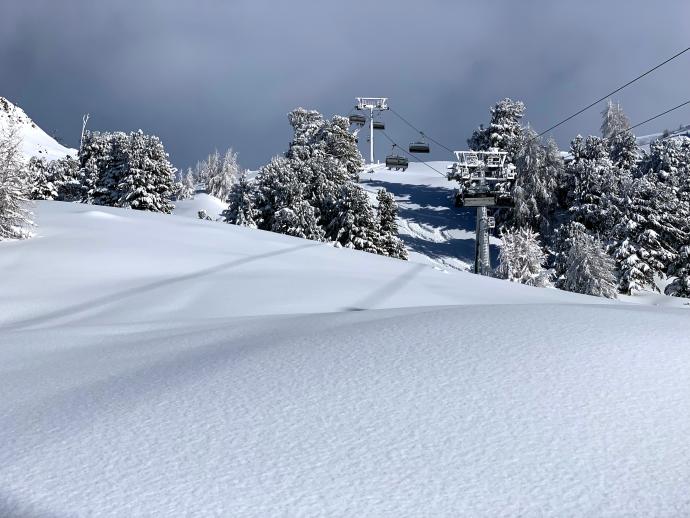
Switzerland has a wealth of experiences to enjoy alongside superb skiing and legendary mountaineering and a little research will help uncover the best way to make the most of this fascinating country.
Discover your next ski property in Switzerland
Swiss mountain tourism has faced various challenges, but these have been embraced and learned from. Understanding that the old ways of ski tourism are changing, and understanding the need for a new type of experience that appeals to emerging generations means that Swiss mountain tourism can make the most of its exceptional natural resources and promises a vibrant view of the future.
Continued adaptations and investment will attract a new generation of skiers, and a wider demographic to enjoy all the mountains have to offer, which makes for a lively rental market and vibrant places to enjoy as a primary residence or second home.
If you’d like to stay one step ahead of the Swiss mountain property market, our property alert system will be a real benefit. You can tailor your search and because we’re a ski property portal you can be confident you’re seeing a huge range of mountain property, without having to trawl dozens of agent’s sites.
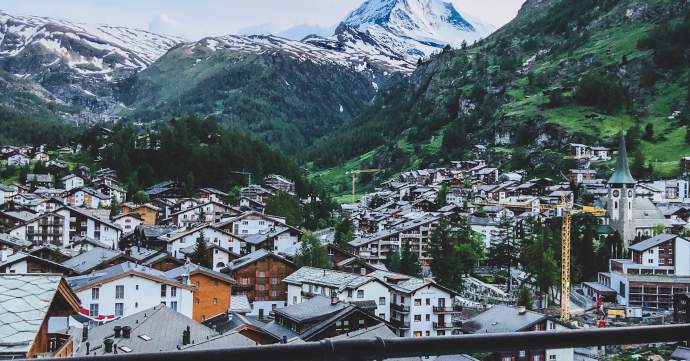
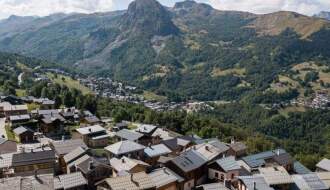
 May 22, 2023
May 22, 2023
